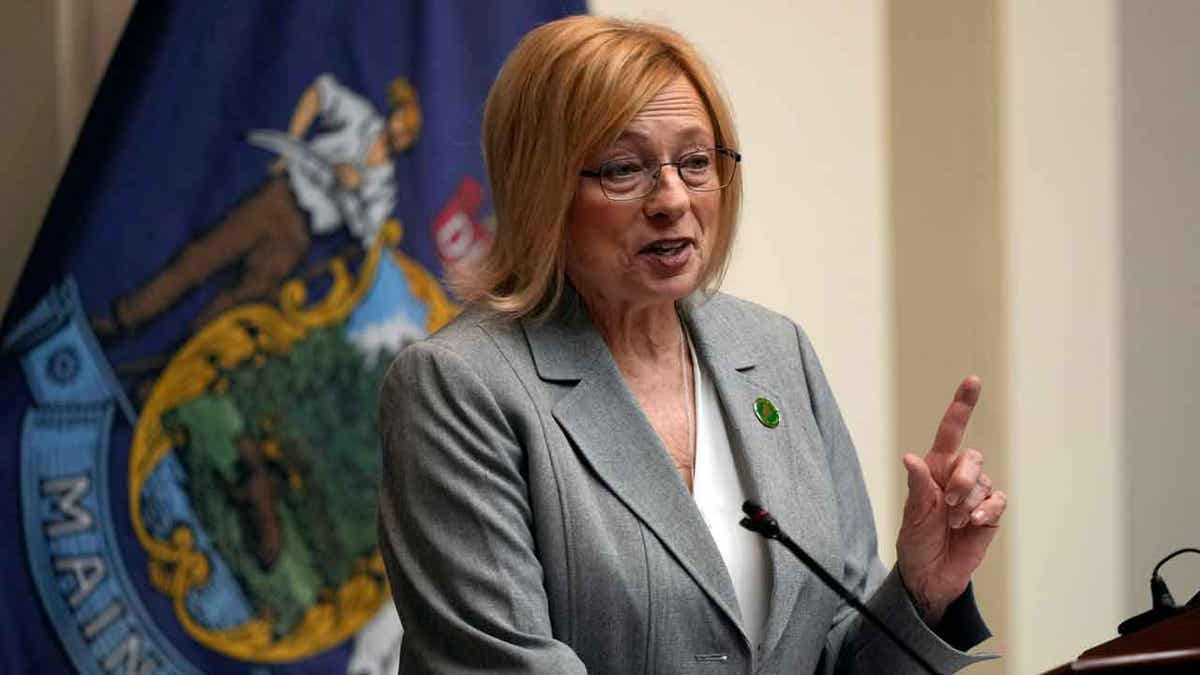Fox News Flash top headlines for July 11
Fox News Flash top headlines are here. Check out what's clicking on Foxnews.com.
- A supplemental budget signed into law by Democratic Maine Gov. Janet Mills allows most workers up to 12 weeks of paid family and medical leave.
- The program takes effect in 2026.
- "I know firsthand the challenges of providing care to loved ones while trying to manage all the unexpected ups and downs that are simply facts of life," Mills wrote in an op-ed.
Most Maine workers swill get up to 12 weeks of paid time off for family or medical reasons as part of a supplemental budget Democratic Gov. Janet Mills signed into law on Tuesday.
The spending bill included $25 million in startup costs for the state program which allows workers — starting in 2026 — to receive paid leave to deal with illness, to care for a relative, or for the birth of a child.
Maine joins a dozen other states that have paid family and medical leave programs. The focus of legislation has been at the state level after failure to gain traction in Congress.
MAINE LEGISLATURE APPROVES BUDGET ADDENDUM THAT INCLUDES 12-WEEK PAID FAMILY LEAVE PROGRAM
The program caught the attention of the White House, where press secretary Karine Jean-Pierre applauded the state’s action.
"Paid family and medical leave improves the lives of working families and strengthens our workforce and economy," she said, adding that the Biden administration has worked to make the federal government a model by supporting federal workers in accessing needed leave.
Putting it in personal terms, Mills said that she deeply understood the need for the program — having dealt with the loss of a husband following a debilitating stroke, the realities of raising fives stepdaughters on her own and caring for her own aging parents, all while working full time.
"I know firsthand the challenges of providing care to loved ones while trying to manage all the unexpected ups and downs that are simply facts of life," she previously wrote in a newspaper op-ed.

Democratic Maine Gov. Janet Mills on Tuesday signed off on a supplemental budget that includes a paid family and medical leave program set to take effect in 2026. (AP Photo/Robert F. Bukaty)
The Democratic-led Legislature already approved a nearly $10 billion essential services budget that went into effect on July 1. That budget was approved along party lines in March, Democrats said, to prevent any late partisan attempt to use a government shutdown as a bargaining tactic.
The budgetary addendum, about $445 million dealing with extras, likely won't go into effect until late October because it failed to muster a two-thirds majority in the Legislature it would've needed to go into effect immediately.
It includes language to start the paid leave program that will be funded through a payroll tax split between workers and employers and capped at 1% of wages. Qualifying conditions include the birth or adoption of a child, a serious illness, care for a sick relative or transition from military deployment.
Businesses with fewer than 15 employees are not required to make employer contributions to the program. Companies that already offer comparable benefits can just stick with their current plans.
BIDEN APPROVES MAINE'S DISASTER DECLARATION REQUEST FOR SPRING FLOODING
Key to support were several tax-related proposals including one that raised the amount of pension income that’s exempt from state income taxes from $30,000 to $35,000. Lawmakers also included money to double the pay of childcare workers, as well as funding for the governor’s proposed Dirigo Business Tax Incentive Plan, which would replace the existing Pine Tree Development Zones.
The governor initially balked at the paid leave proposal, which was opposed by the Maine State Chamber of Commerce and others in the business community, but the bill was tweaked to win her support.
"I am over the moon," said state Sen. Mattie Daughtry, D-Brunswick, after taking a congratulatory call from the White House and attending the signing ceremony. She sponsored the bill with Rep. Kristen Cloutier, D-Lewiston.
CLICK HERE TO GET THE FOX NEWS APP
Together, the essential services budget and supplemental budget takes spending to historic levels — about $10.3 billion — but it remains balanced and the state's rainy day fund remains at a record-high level, said Kirsten Figueroa, commissioner for the Department of Administrative and Financial Services.






















